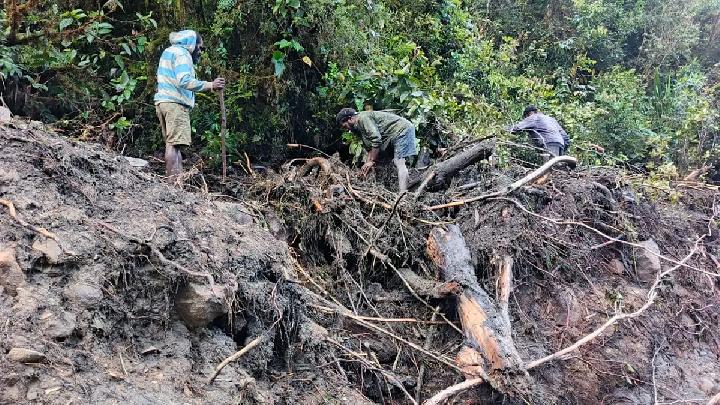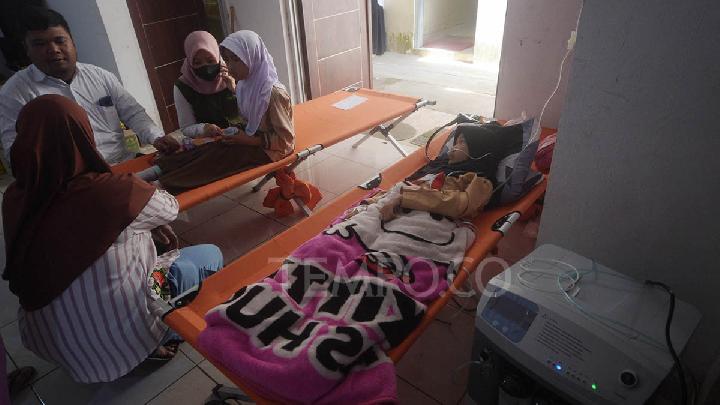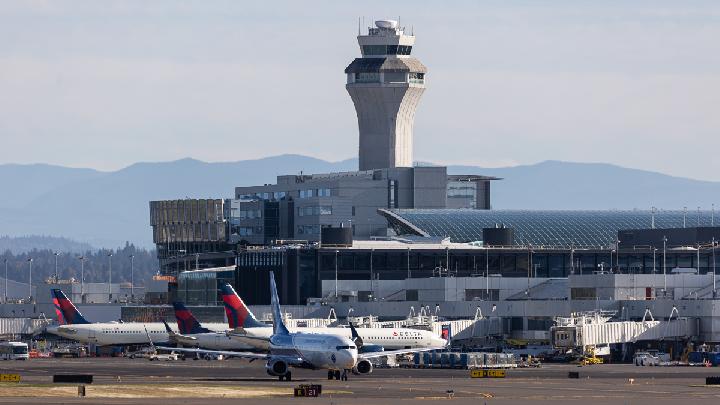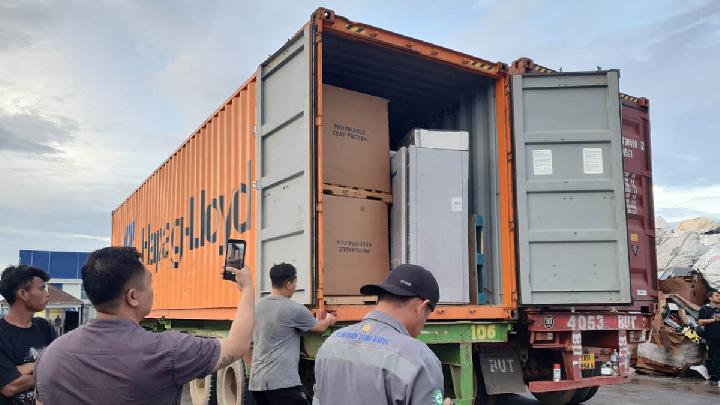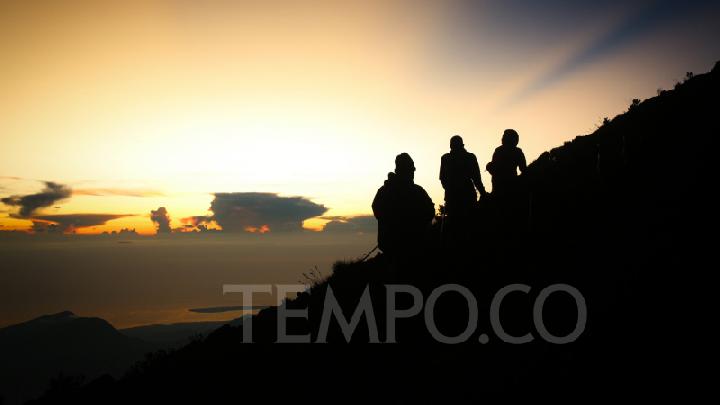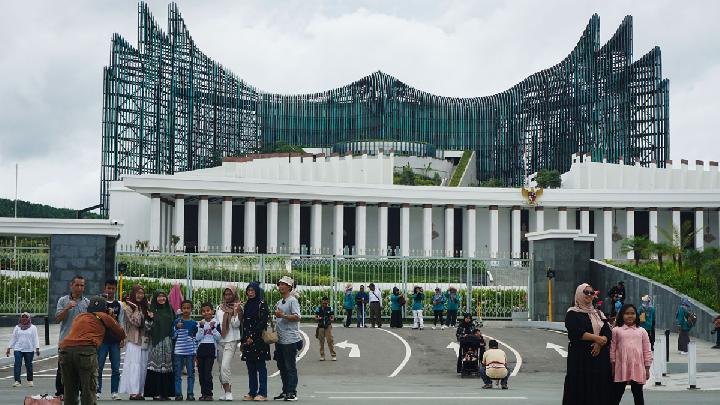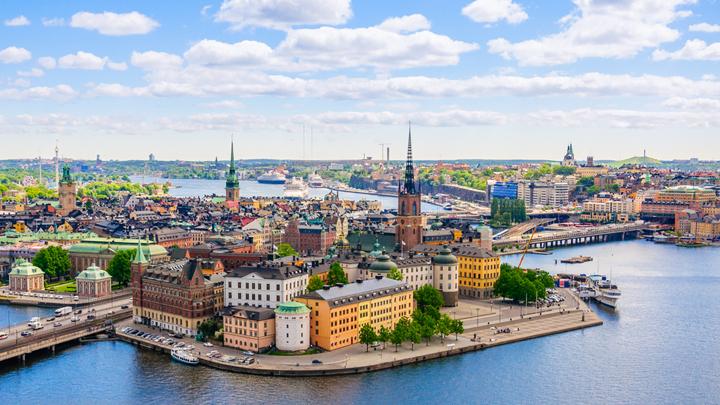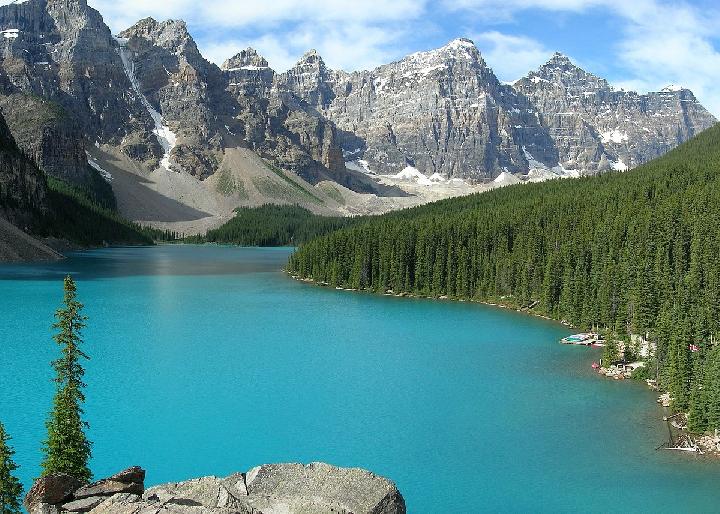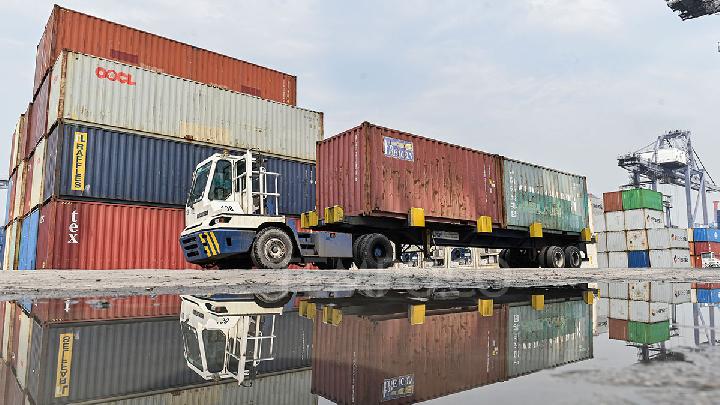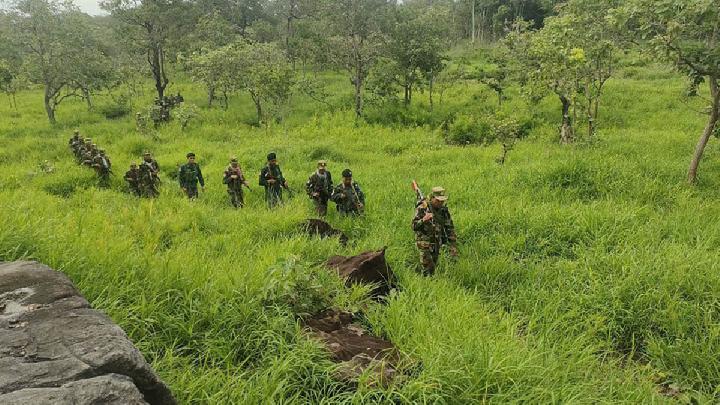The earthquake that occurred off the coast of Kamchatka is considered to be one of the largest ever recorded, with a magnitude of 8.8 on the Richter scale, making it the sixth largest earthquake (equivalent to the 2010 Chile earthquake) in the world since modern records began, Time reported.
The major earthquake occurred along the Kuril-Kamchatka subduction zone, where the Pacific Plate is forced beneath the Okhotsk Sea Plate, a highly active seismic convergence boundary.
According to Indian Today, the earthquake involved a shallow thrust fault along a 390 km long and 140 km wide fault zone, characteristic of major megathrust earthquakes in subduction zones.
The epicenter was near the site of the historically powerful 1952 Severo-Kurilsk earthquake (9.0 on the Richter scale), and was preceded by a significant foreshock of 7.4 magnitude earlier that month. The extensive fault area and tectonic setting contributed to the extraordinary strength of the earthquake, ranking it among the largest ever recorded worldwide.
Here are the five most terrible earthquakes on record:
5. Severo-Kurilsk, Russia, 1952
The devastating earthquake that struck Severo-Kurilsk is located in Russia's Kuril Islands, a small cluster of volcanic islands located about 1,300 kilometers northeast of Japan. In 1952, a terrifying tsunami, 18 meters high, destroyed the city, resulting in the loss of nearly half of its population. The earthquake also shook the Kamchatka Peninsula, which is currently experiencing a severe earthquake.
The 9.0-magnitude earthquake that hit before the tsunami served as a warning, prompting residents to flee to higher ground. However, after the first wave hit, many returned, believing the danger had passed. Tragically, a second wave followed, causing many casualties among those who had returned to their homes.
In response to this disaster, the city was rebuilt on higher ground. This event remains the largest recorded earthquake in Russia.
4. Tohoku, Japan, 2011
The Tohoku earthquake and tsunami hit Japan on March 11, 2011, marking the largest recorded earthquake in the country with a magnitude of 9.1 on the Richter scale. The epicenter was about 72 kilometers off the northeast coast of Honshu, the largest island in Japan. The earthquake was so powerful that it shifted the Earth's axis by 10 to 25 centimeters and pushed Honshu 2.4 meters eastward.
The tsunami generated by this earthquake was extraordinarily destructive, submerging entire towns and villages and destroying coastal defenses that had been built in response to previous tsunamis. In some coastal areas, the tsunami waves reached heights of more than 40 meters, far exceeding the anticipated level during the design of coastal protection.
The impact was particularly severe at the Fukushima Daiichi nuclear power plant, where the tsunami disabled the power supply. The loss of power led to the failure of the reactor core cooling systems, resulting in the release of a large amount of radioactive material into the atmosphere.
Overall, the disaster resulted in an estimated death toll of more than 19,700 people, with thousands more injured or missing. This event had a major impact on Japan's infrastructure, environment, and nuclear policies, making it one of the most terrible natural disasters in modern history.
3. Sumatra, Indonesia, 2004
This devastating earthquake, with a magnitude ranging from 9.1 to 9.3, involved a fault that stretched about 1,300 kilometers along the Sumatra megathrust plate boundary. This seismic event had accumulated strain for centuries and occurred as a result of the subduction process, wherein the Burma microplate is thrust upwards against the Indian tectonic plate.
The fault slip resulted in an uplift of more than 20 meters on the seafloor, which then triggered a massive tsunami wave reaching a height of over 30 meters. The resulting tsunami struck coastal areas in 14 countries, causing approximately 228,000 fatalities, with Indonesia, Sri Lanka, India, and Thailand experiencing the highest death tolls. This earthquake is the strongest ever recorded in Asia and is the deadliest natural disaster of the 21st century.
2. Alaska, USA, 1964
Nearly 1,000 kilometers of the Pacific and North American tectonic plate boundary ruptured simultaneously, causing a 9.2 magnitude earthquake to shake the region for almost five minutes.
Anchorage, located only 121 kilometers from the epicenter, experienced severe damage exacerbated by the absence of earthquake-resistant buildings and infrastructure, resulting in widespread building collapses and the subsidence of sidewalks and roads. The 1964 Alaska earthquake holds the record as the second strongest earthquake ever recorded worldwide and the strongest in U.S. history.
1. Valdivia, Chile, 1960
According to USA Today, the Valdivia Earthquake, or the Great Chilean Earthquake, is the largest ever recorded. This earthquake had a magnitude of 9.5 on the Richter scale off the coast of Chile near Valdivia and Puerto Montt. At least 1,655 people died and 3,000 were injured in the southern part of Chile; 61 people died in Hawaii; 138 in Japan, and 32 in the Philippines.
Extensive damage to homes resulted in about 2 million people being displaced after the earthquake and tsunami. Tsunami damage was recorded in Hawaii, Japan, and the U.S. West Coast.
Editor's Choice: Russia Earthquake Prompts Tsunami Alerts from Japan to New Zealand
Click here to get the latest news updates from Tempo on Google News










